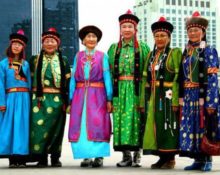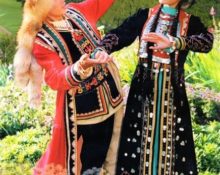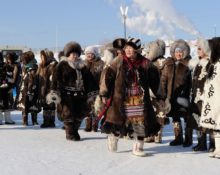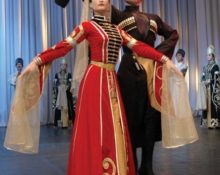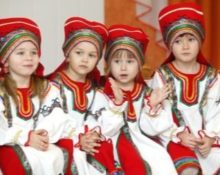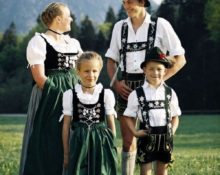National costume is a source of pride for many peoples. Plus, it's a piece of history. The traditional French costume has a number of features; it differs significantly from the outfits of other nations and is associated with French traditions.
French national costume
National costumes are famous for their uniqueness, originality and brightness. Traditional outfits were created hundreds of years ago and are still popular today. What costume is considered national among the French?
A little history
The first items of traditional clothing appeared in the middle of the 16th century, when shortened trousers and long shirts became fashionable. Girls wore voluminous long skirts. The dresses featured a lush neckline. At that time, clothes were made from natural wool and fabric.
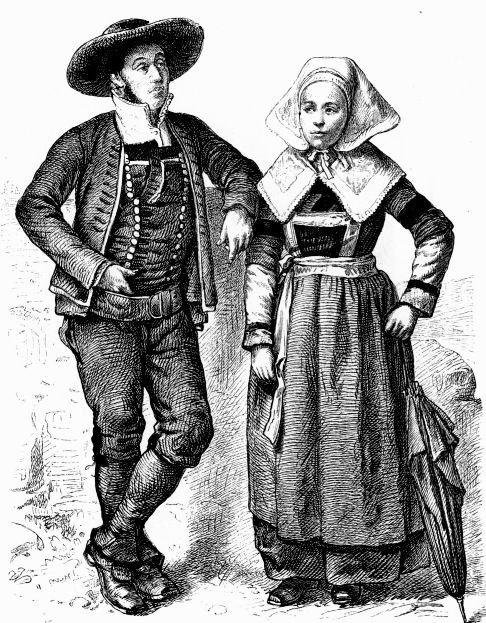
At the end of the 17th and beginning of the 18th centuries, when sewing a suit, they began to use materials produced by a weaving factory. Specially selected peasant tailors were engaged in the production of outfits. They were paid for their work with housing, food or lunch.
After the great revolution in France, the material condition and well-being of citizens improved. The sale included silk and cloth. An urban version of national clothing for rural citizens appeared.
Elements of women's costume
Women's traditional attire, unlike men's, was distinguished by its simplicity. It consisted of a voluminous long skirt, which was decorated with frills and pleating. Tight-fitting sweaters with full breasts were put on top. The image was necessarily complemented by an apron and a large scarf, which was attached to the shoulders.
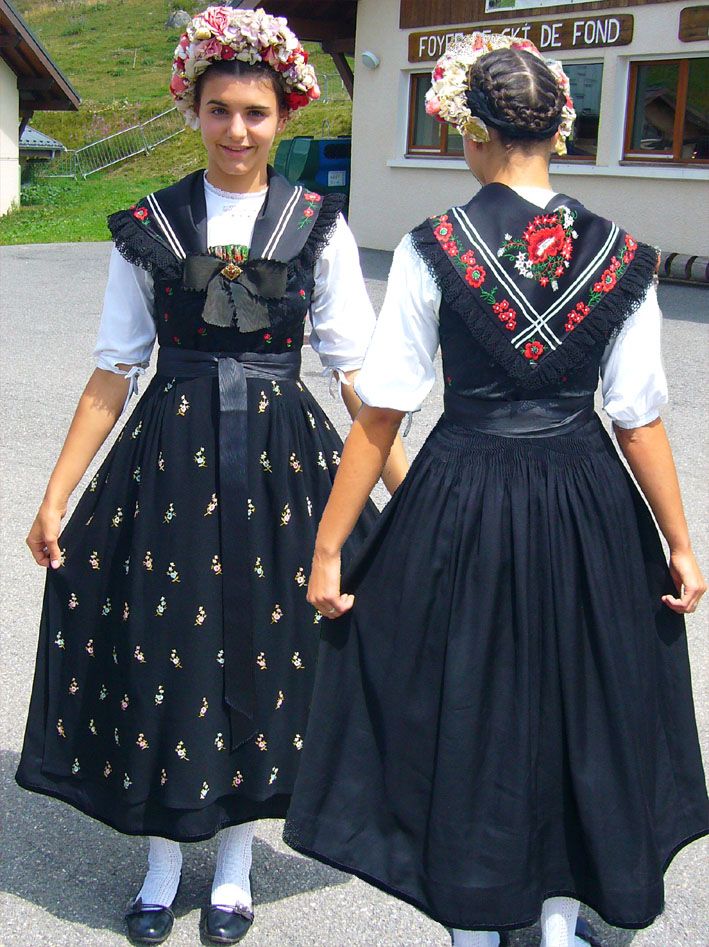
At home, a cap is put on the girl’s head. To go outside, instead of a cap, they wore a scarf or a knitted/fur hat. By the color of clothes, one could understand what status a person was. Peasant women wore outfits in brown, white and gray shades. Bourgeois stood out with bright red, blue and purple models.
Important! In addition to colors, the costumes also differed in embroidery; each province had its own pattern and shape of the headdress.
After some time, fitted women's tunics joined the skirt and jacket. They were tied under the chest, emphasizing its beauty. Then the tunics were slightly modified. They began to make them longer. Women began to wear tunics with multi-layered full skirts. They complemented the beauty's image with umbrellas, scarves or sophisticated hats.
Elements of a men's suit
At the beginning of the 18th century, men wore standard shirts. Later they were replaced with elongated models made of the same material. Men wore such clothes untucked over their jackets.
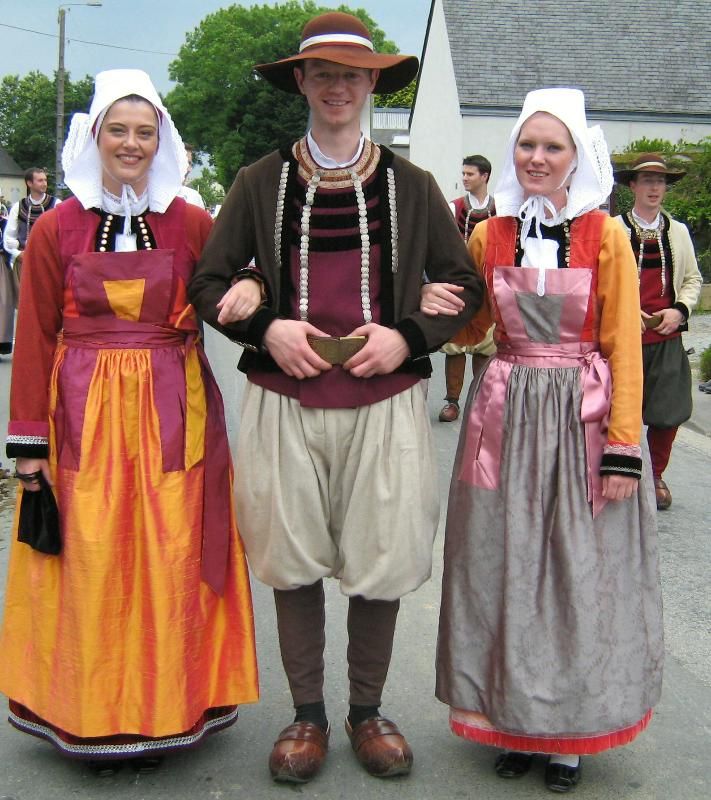
After the end of the revolution, elongated models became the traditional costume of ordinary peasants. The bourgeois wore long coats instead of vests and jackets. In the 19th century, cropped knee-length pants came into fashion.They were combined with leggings, which were tied under the knee. A shirt, vest, and jacket were put on top. A small neckerchief served as an additional accessory.
National clothing included a vest with two rows of buttons. It was worn over a shirt. The top of the shirt was always covered with a small white or brown scarf. Men wore hats with long round brims on their heads.
Colors and decor
French outfits were made in calm, classic colors - gray, white, brown. This palette was used to make clothes for all ages. Women's models can be very bright; red and blue shades are complemented by classic colors. Aprons and corsages were made from bright fabrics.
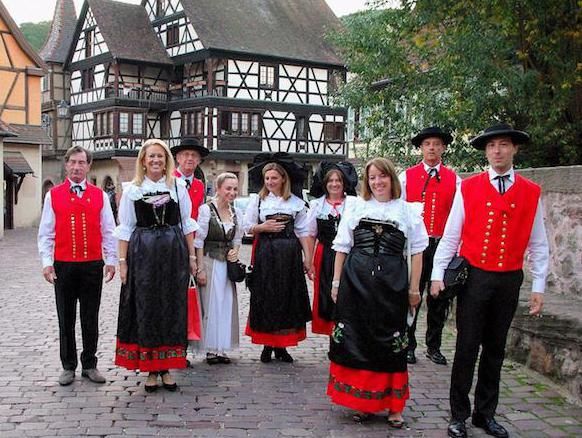
The French wore shoes made of natural wood on their feet. Both girls and men wore such shoes. It was super durable and lasted for a long period of time. The girls used lace as accessories. They emphasized the femininity and elegance of the young lady.
Interesting facts about French costumes
There are several interesting facts about the national costumes of France:
- In the middle of the 18th century, fashionable clothes were put on mannequins and taken to all cities of Europe. This is how all citizens were shown the standard of beauty.
- One of the most indispensable items in a woman's wardrobe, the bra, was first made by the French.
- An element of a woman's wardrobe, trousers, were first worn by French women.
- The most popular French accessory is the scarf. Almost all French people wear it.
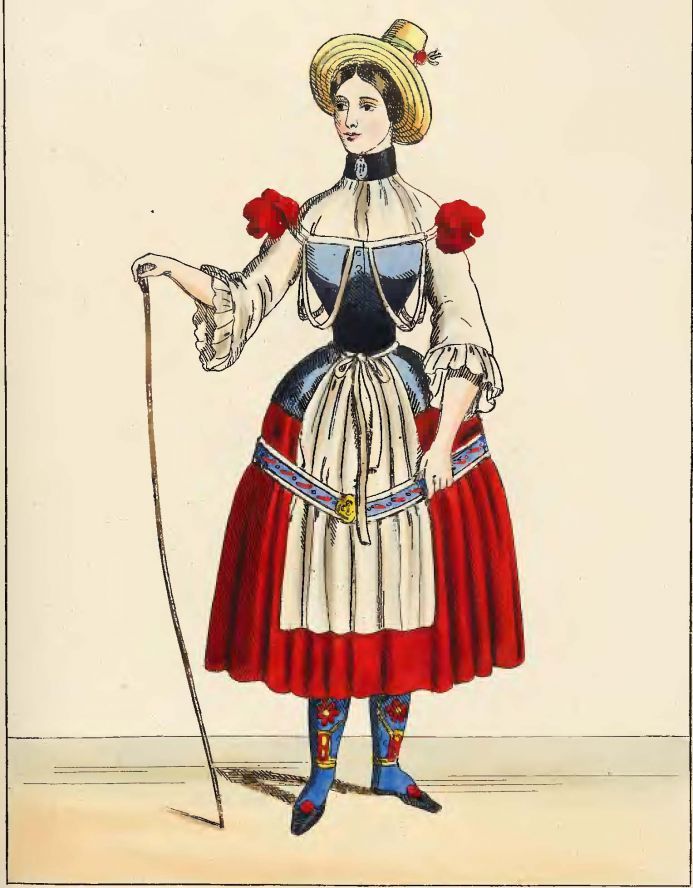
National attire is an important attribute of any costume; it carries traditions that have been formed over several centuries. Each of them is famous for its uniqueness, originality and beauty.


 0
0